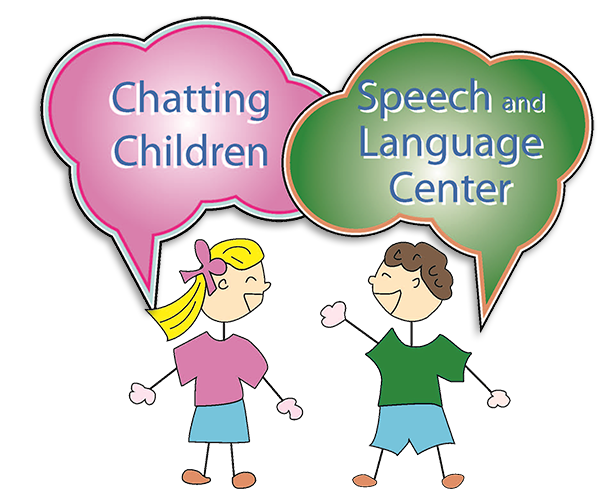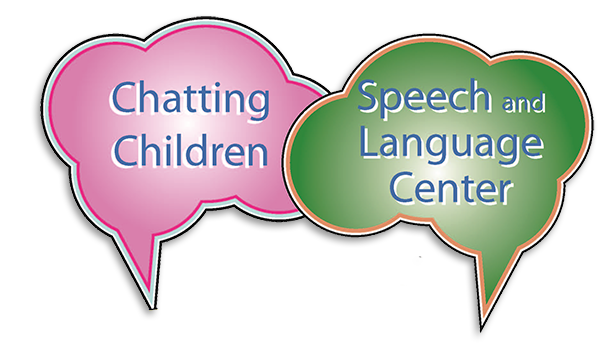A lisp refers to an inability to place one’s tongue in the correct location for accurate production of speech sounds. The most common type of lisp is a frontal lisp, in which the tongue protrudes from the mouth and the sound /θ/ (i.e., “th”) is heard in place of target sounds (e.g., /s/, /z/). A lateral lisp occurs when air escapes from the sides of the tongue, resulting in wet sounding or slushy phonemes.
The sound /s/ is acquired by the age of three; however, research has differing opinions on when children should stop lisping with production of this sound. Many sources indicate that approximately 75% of children will acquire the phoneme /s/ correctly by the age of 4.6. A three-year-old child would not be a candidate for speech therapy because the sound may correct itself over the next two years. If your child is five years of age or older and is still lisping, I would recommend you have a full articulation evaluation to determine if therapy is warranted. Consider the following as well: Are there any other sounds that are distorted when your son communicates? Can your child’s peers and teachers understand him in conversational speech? Does he get frustrated when he’s not understood? Are there other factors involved, such as low muscle tone in and around the oral cavity, which may be impacting his production of sounds? Has your son’s hearing been tested? Can he hear the difference between the sounds /s/ and /θ/ (i.e., “th”)? If you’ve answered yes to any of these questions, you may consider scheduling an evaluation before the age of five.

